Sometimes science traveling can really take you up in the world, though spiraling around the globe can be a bit dizzying. At least that’s how it felt as I climbed the spiral staircase in the spire of the Church of Our Savior in Copenhagen.
Check that – not “in” the spire; outside the spire. This was (yet another) time that my mild acrophobia seemed not so mild. At least there was a railing.
The day began trying to figure out how to get around the line of 10,000+ marathon runners blocking our path. A very long detour got us heading to the strange spire we had glimpsed the day before. Two elevators and some stairs got us to the top of the tower in Christianborgs Palace and a great view of the city of Copenhagen. From there we could see this very intriguing spiral tower. Zooming in I could see there were people on it (look closely).
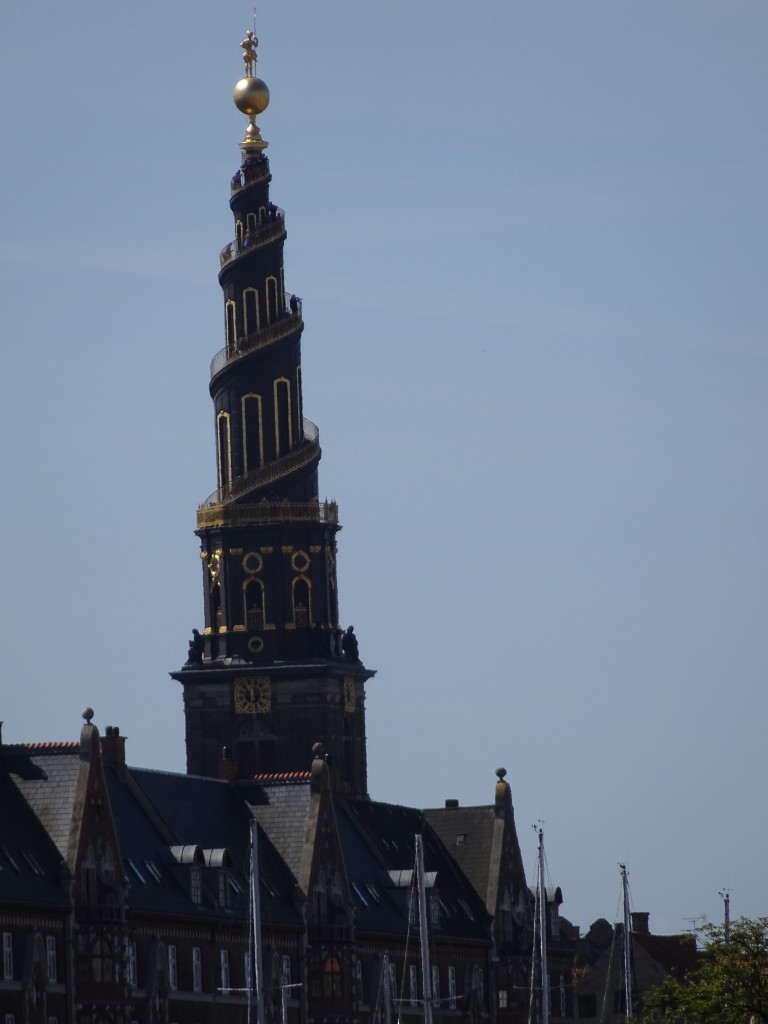
Finally ditching the running masses we hiked our way over the bridge into Christianshavn, the canal-laden neighborhood across the river. With the general direction of the spiral in sight we wended our way through the narrow streets where, in case you forgot to look up and might miss it, was a sign to the tower:
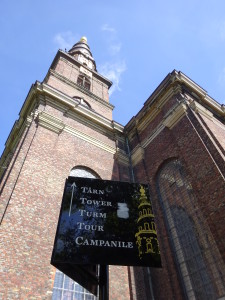
No elevators for this tower. For 45 Danish Krone each we began our climb conventionally, through the bowels of the church tower inside the dusty, and yet creaky, wooden steps, past the carillon (i.e., the bells, which thankfully weren’t pealing), and eventually up to a door leading outside. There the steps seemed more substantial, though they quickly narrowed…and narrowed…and narrowed.
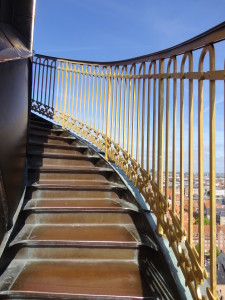
It seemed the narrower the steps the more tired our legs until I turned the last turn into steps that actually came to a point. Okay, now the acrophobia kicks in – 295 feet from the street at a pointed step just a few inches at its widest. No problem. Look at the view. Got it, now turn around and slowly start working my way down.
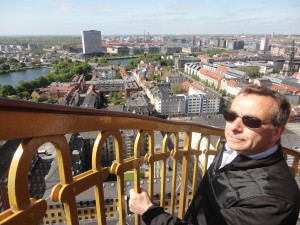
Okay, it really wasn’t that bad (no, it really was that bad). But the view was gorgeous.
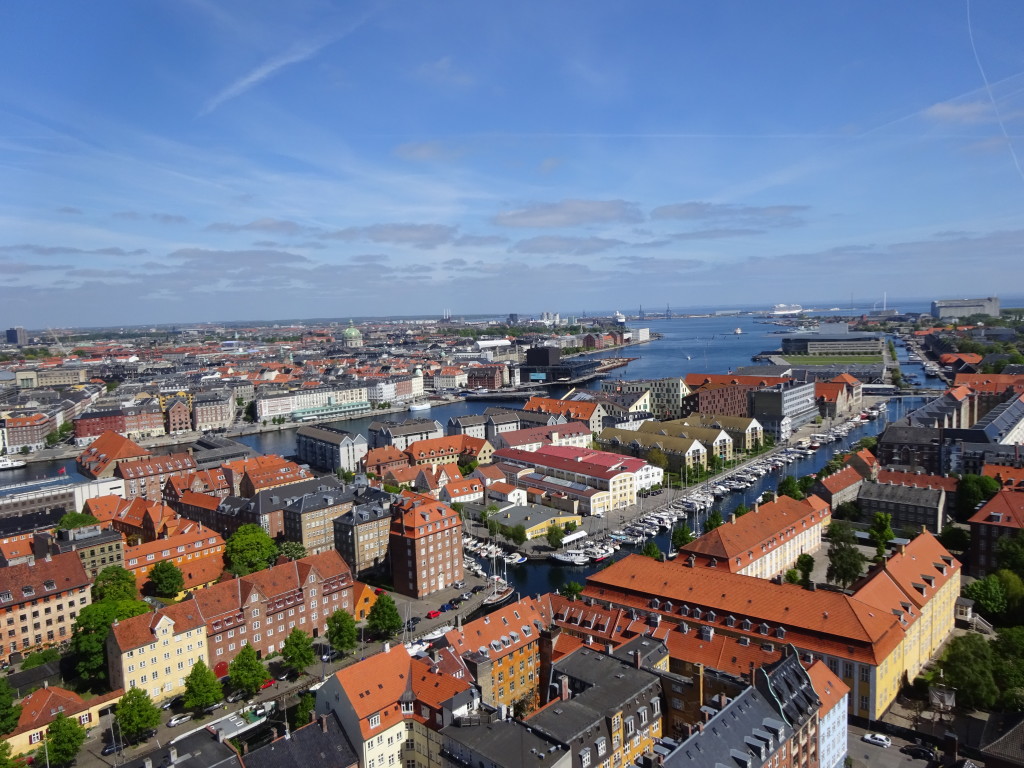
Once back on solid ground we went into the church where we were greeted with a pair of elephants holding up a massive organ. Of course. Elephants. What else should we expect in a church in Denmark?

This was the last major event in Copenhagen. A long, winding walk back to the hotel to pack up before heading to the train station for a nearly 6-hour speed train to Stockholm. More on that later; I’m still recovering from climbing the spiral tower.
David J. Kent is an avid science traveler and the author of Lincoln: The Man Who Saved America, now available. His previous books include Tesla: The Wizard of Electricity and Edison: The Inventor of the Modern World (both Fall River Press). He has also written two e-books: Nikola Tesla: Renewable Energy Ahead of Its Time and Abraham Lincoln and Nikola Tesla: Connected by Fate.
Check out my Goodreads author page. While you’re at it, “Like” my Facebook author page for more updates!
Follow me by subscribing by email on the home page. Share with your friends using the buttons below.



 The signal is given and you sit down across the table from your chosen target, the first of several you will try to impress with your talents, poise, and intellect. You have three minutes to amaze. Actually, it is more like a minute and a half to make your spiel and you either connect, or you do not. By one minute you are desperately looking for signs of interest – a
The signal is given and you sit down across the table from your chosen target, the first of several you will try to impress with your talents, poise, and intellect. You have three minutes to amaze. Actually, it is more like a minute and a half to make your spiel and you either connect, or you do not. By one minute you are desperately looking for signs of interest – a 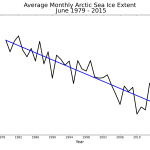 We’ve talked about several of the tactics used by climate deniers to intentionally mislead the public. This past week provided a prime example of one tactic – intentionally lying about what a study says. Let’s take a closer look at how this works.
We’ve talked about several of the tactics used by climate deniers to intentionally mislead the public. This past week provided a prime example of one tactic – intentionally lying about what a study says. Let’s take a closer look at how this works.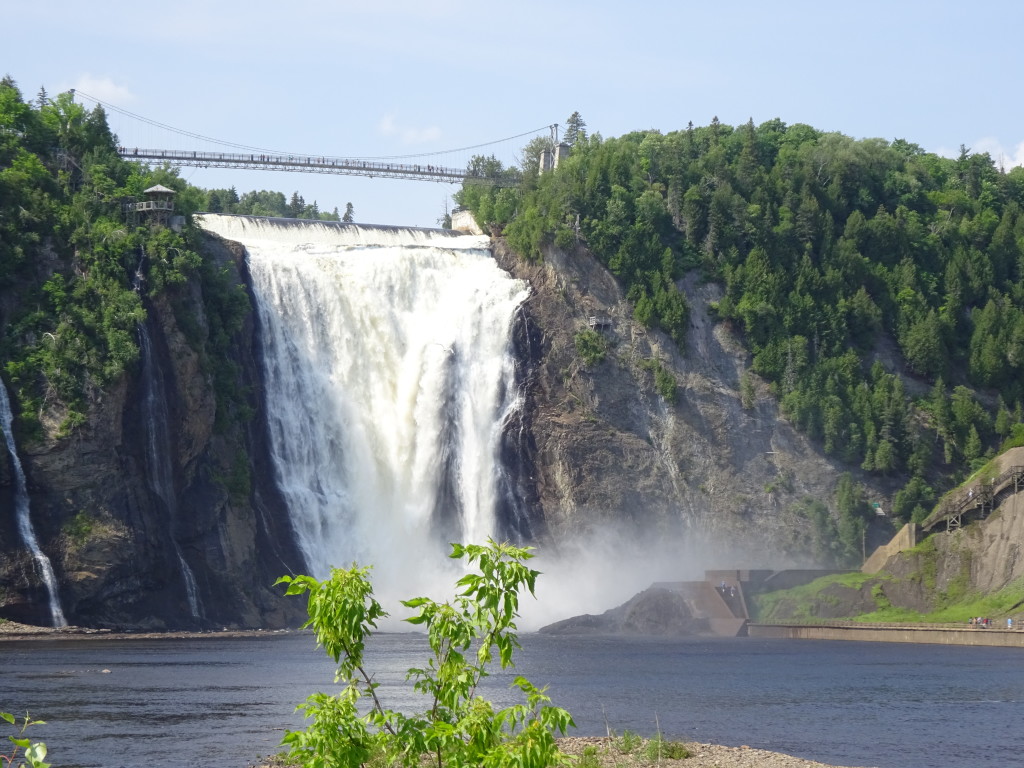
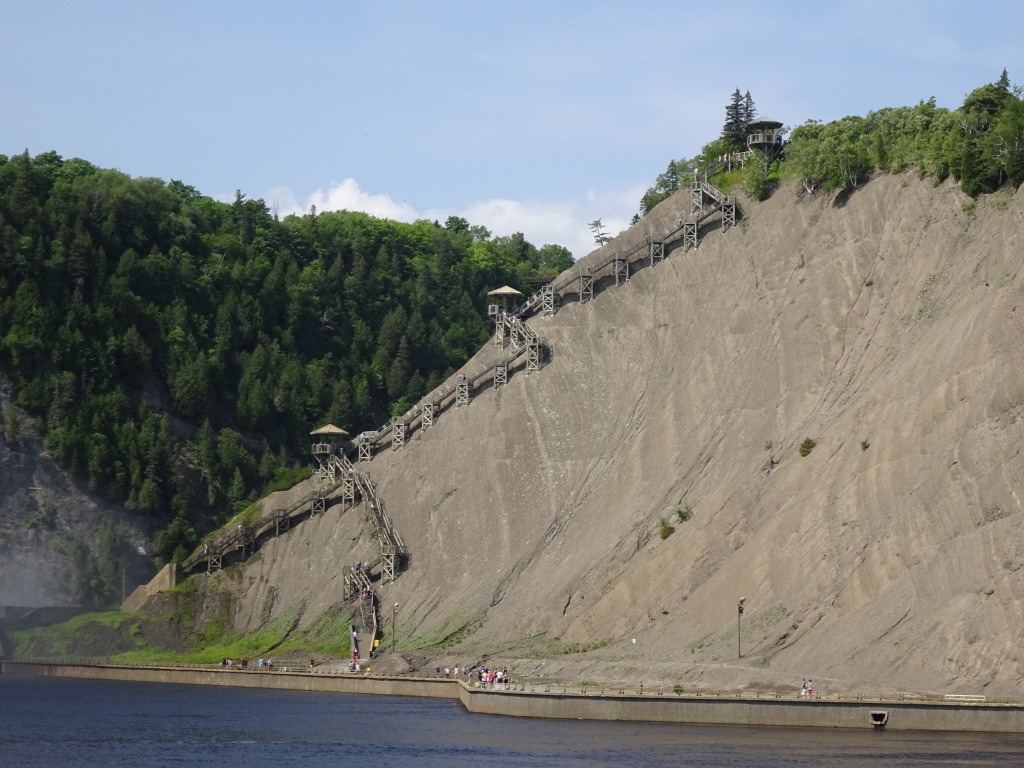
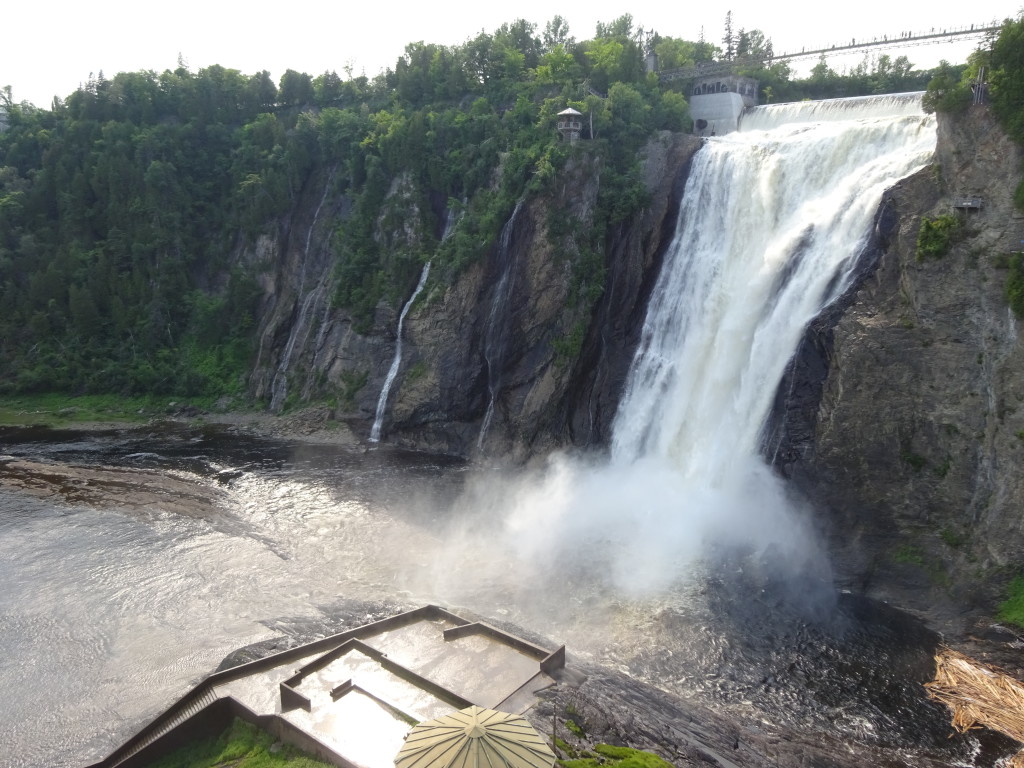
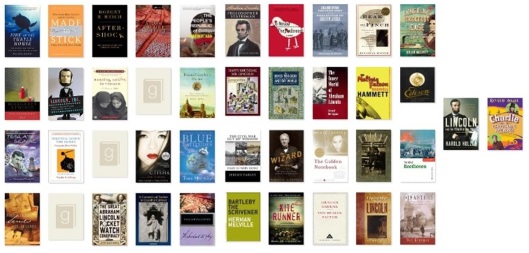
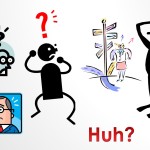 Earlier this year I posted a series of articles explaining what scientific peer-review is, and what it isn’t. The series was very popular so I’ve decided to create this single post that links to all the previous ones.
Earlier this year I posted a series of articles explaining what scientific peer-review is, and what it isn’t. The series was very popular so I’ve decided to create this single post that links to all the previous ones.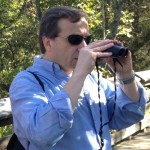 For some reason I thought of the old days in Catholic confessional in which I would ask the priest to bless me from my sins and say “It has been 30 days since my last confession.” Well, I’m not really confessing, and I don’t consider it a sin, but I must admit “It has been 30 days since my last science traveling.” That trip was to Scandinavia – Denmark, Sweden, Norway. As you read this I’ve already been several days into my current trip to the northeast – New England and Quebec.
For some reason I thought of the old days in Catholic confessional in which I would ask the priest to bless me from my sins and say “It has been 30 days since my last confession.” Well, I’m not really confessing, and I don’t consider it a sin, but I must admit “It has been 30 days since my last science traveling.” That trip was to Scandinavia – Denmark, Sweden, Norway. As you read this I’ve already been several days into my current trip to the northeast – New England and Quebec.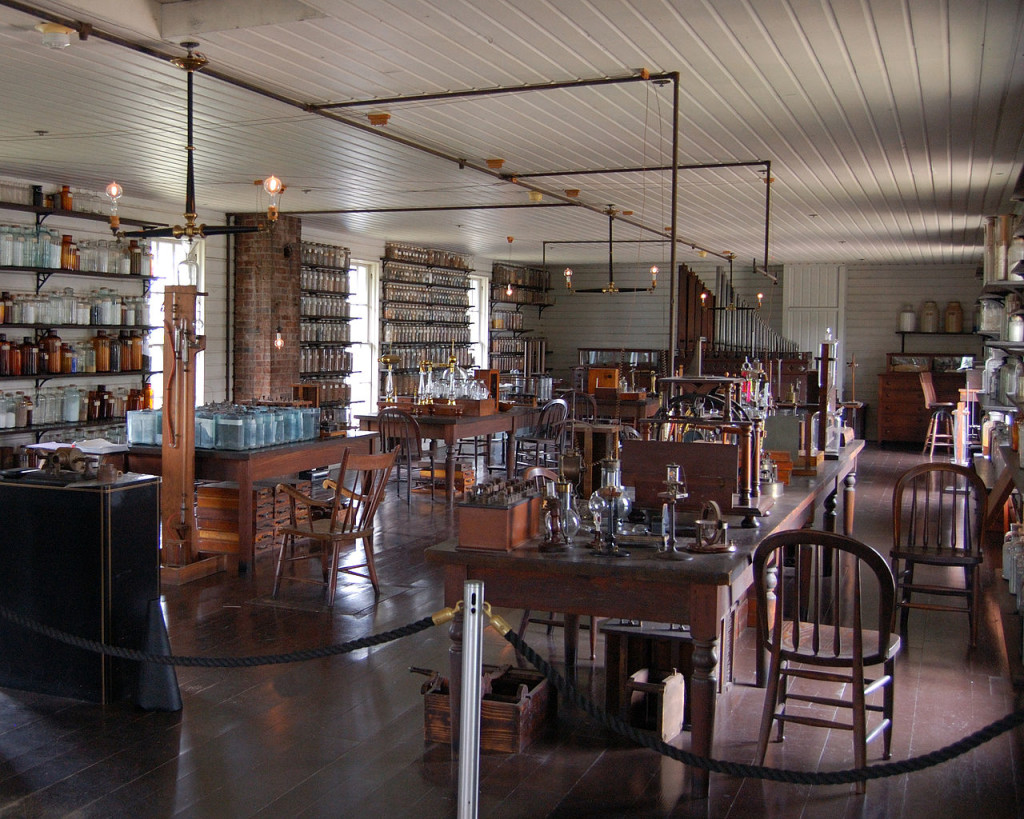

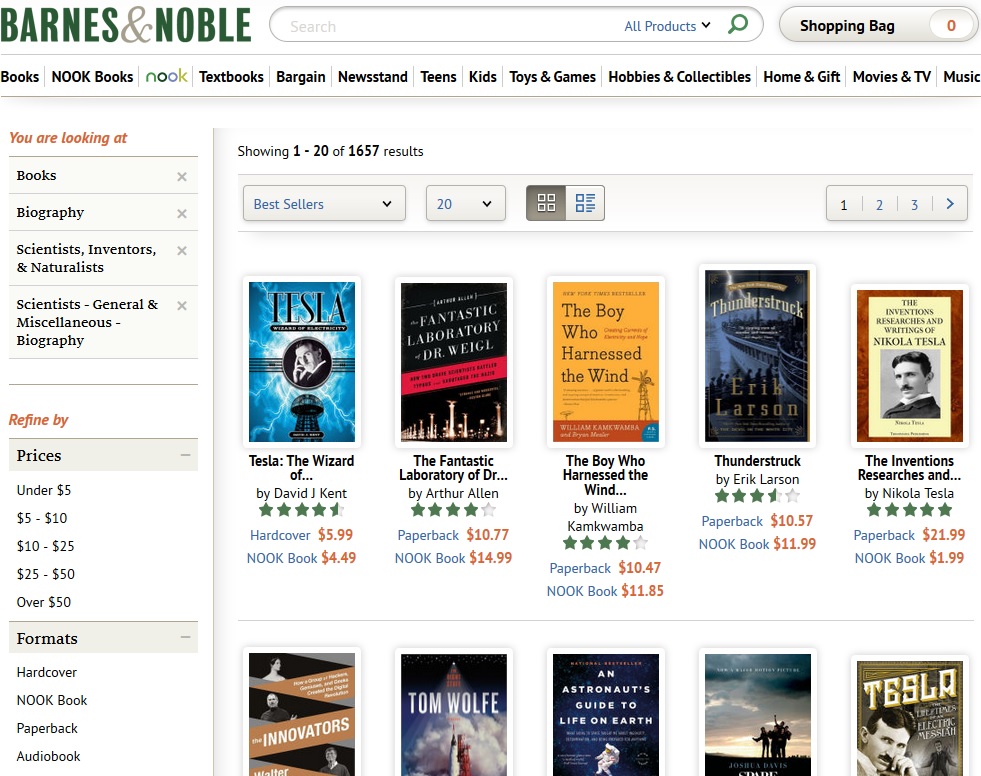
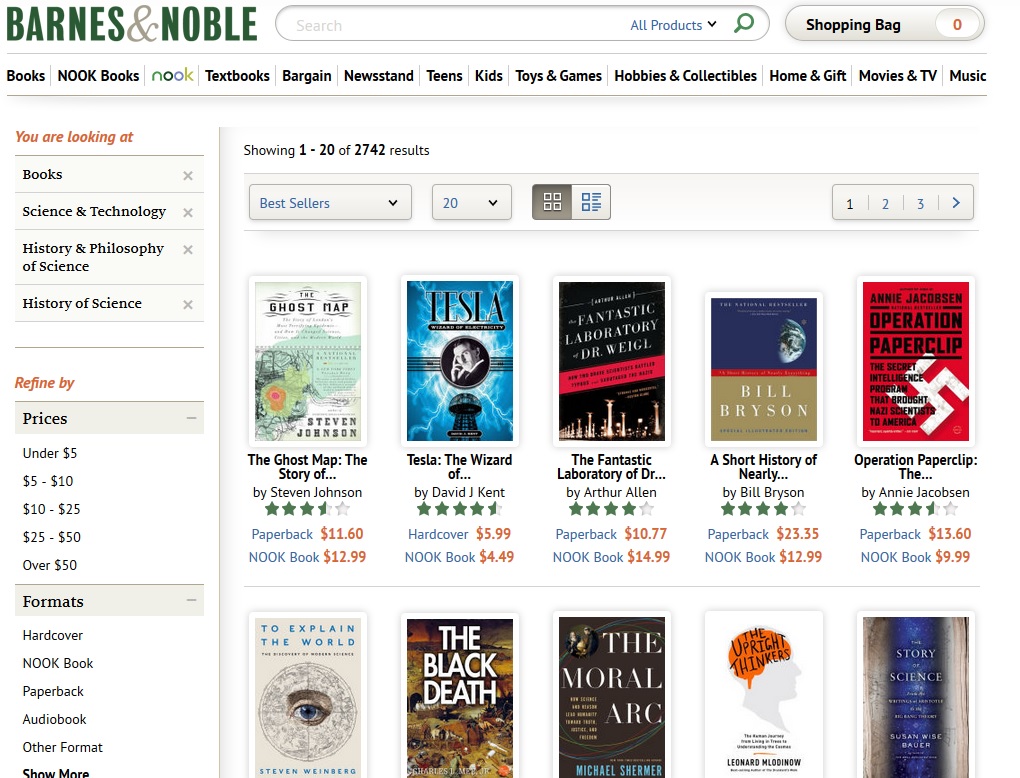
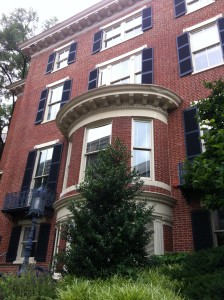
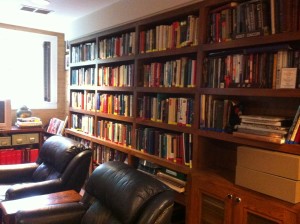
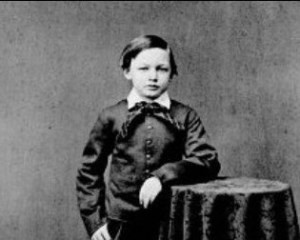
 This week the Citizens’ Climate Lobby (CCL) held its 6th annual International Conference in Washington, DC. The keynote speaker was Dr. Katharine Hayhoe, an atmospheric scientist at Texas Tech University in Lubbock, Texas. In addition to being a climate scientist, Hayhoe is an evangelical Christian, which generally would be irrelevant to the discussion except that she, with her husband, pastor Andrew Farley, wrote
This week the Citizens’ Climate Lobby (CCL) held its 6th annual International Conference in Washington, DC. The keynote speaker was Dr. Katharine Hayhoe, an atmospheric scientist at Texas Tech University in Lubbock, Texas. In addition to being a climate scientist, Hayhoe is an evangelical Christian, which generally would be irrelevant to the discussion except that she, with her husband, pastor Andrew Farley, wrote 






